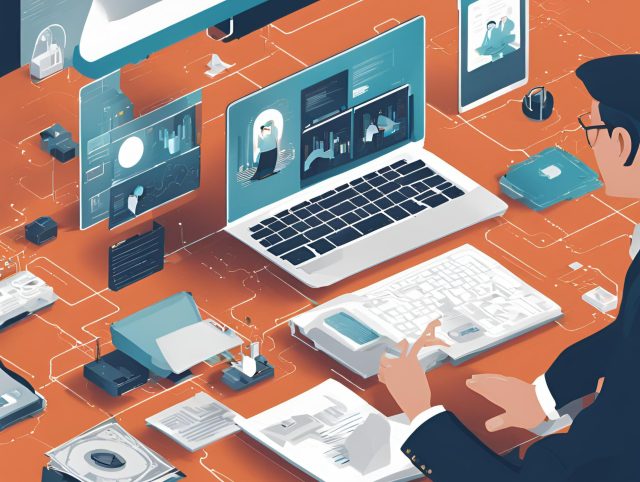The Career Chameleon: Mastering Adaptability in a Future-Proof Workplace
In a world where the only constant is change, the concept of a stable, lifelong career is swiftly becoming an artifact of the past. As technology advances at breakneck speed and global markets shift unpredictably, the modern workforce is increasingly finding itself in a chameleonic state—where adaptability isn’t just an asset, it’s a necessity. At Chro Club, we understand that the future of work hinges on the ability to reinvent oneself. But how does one become a Career Chameleon, capable of thriving in such a dynamic landscape?
The cornerstone of career adaptability lies in a blend of resilience, continuous learning, and the willingness to embrace change. Employees today must wear many hats and be prepared to switch roles fluidly. This requires a mindset that views career paths not as linear trajectories but as mosaics of experiences and skills that can be rearranged to fit emerging opportunities.
Understanding and nurturing key skills are paramount:
1. Digital Literacy: As businesses undergo digital transformations, being technologically savvy isn’t optional. From data analytics to digital marketing, mastering the tools of the trade can position one ahead of the curve.
2. Emotional Intelligence: With machines handling more of the technical load, human-centric skills gain prominence. Emotional intelligence—the ability to be aware of, control, and express one’s emotions, and to handle interpersonal relationships judiciously and empathetically—becomes the differentiator.
3. Cross-functional Knowledge: Gone are the days of siloed job functions. Understanding the intersections of different departments and how they contribute to the bigger picture allows for flexibility in role changes.
4. Creative Problem-Solving: As challenges become more complex, creative solutions are the currency of innovation. The ability to think outside the box and develop novel approaches to problems is invaluable.
5. Lifelong Learning: Upskilling isn’t a one-time event; it’s a continuous journey. Platforms offering online courses, certifications, and workshops are the universities of tomorrow, ensuring workers can keep pace with evolving industry demands.
6. Networking: Building a broad professional network can provide support, nurture opportunities for change, and offer a safety net when transitioning between roles or industries.
In the face of this, employers have a critical role to play. Investment in training and development programs is no longer a perk but a necessity for attracting and retaining top talent. Companies that foster a culture of learning and encourage exploration of diverse roles will not only be future-proofing their employees but also building a resilient and versatile organization.
Moreover, mentorship programs, rotational assignments, and project-based work can offer hands-on experience and exposure to different facets of the business. As leaders, it’s essential to recognize that by aiding employees in their adaptability journey, we are simultaneously enhancing our business’s agility.
In conclusion, cultivating career adaptability is a shared responsibility between employees seeking to wear the mantle of the ‘Career Chameleon’ and employers who must lay the groundwork for a future-proof workforce. By embracing the shifts of the modern workplace and confronting them with an adaptable mindset, the Career Chameleon doesn’t just survive; they thrive, setting a new standard for success in the 21st century.
The dialogue is open, and the narrative is ongoing. As we venture forth into this exciting and uncertain future, Chro Club stands ready to guide and participate in the evolution of work, worker, and workplace.






























